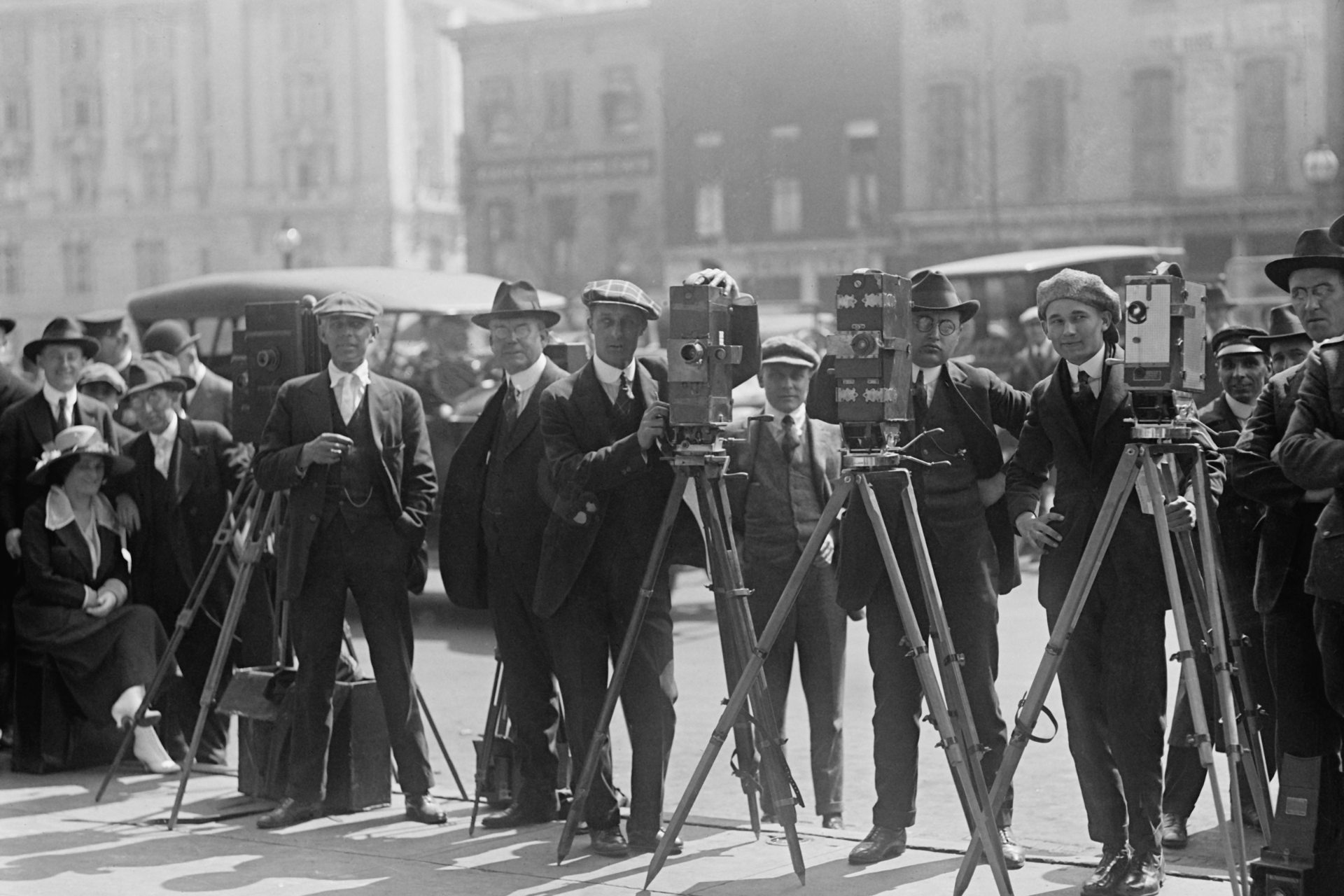Tag Archives: archives
News Archives: an invaluable heritage resource
By Olivia Stockdale
News Archivist
Next year marks the 70th anniversary of ITN, the British broadcaster established in 1955 as the main alternative to the BBC; they pioneered frontline broadcasts and challenged the typically diffident style of those who came before. Over these seven decades, ITN cameras have captured everything from the building of the Berlin Wall to the storming of the US Capitol. Where does this veritable avalanche of footage go? It’s carefully logged, stored, and organised by us news archivists. The job of the news archivist is a fascinating one, made all the more so by its relative obscurity. This blog post seeks to tackle some of that obscurity, whilst hopefully not reducing any of the intrigue.
The scale of information we work with is huge. Each day, we deal with material spanning 1955 to yesterday. Our footage is from all over the world and comes in seemingly endless forms – from rushes (unedited footage) to reports, film to digital. Dealing with historic material on film and tape can be the most rewarding. The role of news archivist in an active television news organisation is mainly digitally focused and working with physical objects provides a chance to deal with tangible heritage. There are over 20,000 film cans in storage, endless piles on pallets, containing undigitised coverage of the Selma marches and previously unseen rushes from the Suez Crisis. Whilst in storage, everything is open to loss; film is susceptible to vinegar syndrome, a condition which causes the film strip to decay and renders footage unviewable. Even newer footage is at risk from external factors; everyone was relieved when a shipment of recently discovered tapes from ITN’s now defunct South Africa Bureau arrived in the UK where digitisation could begin and the footage safely stored in another format. There are also rumours of tapes from ITN’s former Moscow Bureau lurking somewhere in Russia, perhaps lost to time. As such the drive to protect these for posterity through digitisation is a constant consideration. Yet as ever in heritage this must be balanced with the usual barriers like money and manpower. It is often a case of waiting for orders for certain footage to focus on.
Another key feature of working in a news archive is providing accessibility, a buzz word in the heritage field. By cataloguing footage, we make it accessible to internal newsrooms and external researchers. Accessibility to archives has a clear purpose: make viewers privy to a range of perspectives, ‘facts’, and voices. Essentially, to allow them to get as close to the ‘truth’ as is possible. It furthermore preserves and highlights historically important footage; ITN were in Trảng Bàng when the little girl, immortalised by Nick Ut’s photo, came running down the street after the napalm attack. What that photo doesn’t capture is the woman who follows behind, cradling a wounded baby in her arms. Such footage is deeply uncomfortable, but provides further insight into the suffering caused by war – and further access to the truth. ITN reporters were in Bosnia in 1992, breaking the story of human rights abuses in the Omarska and Trnopolje concentration camps. More recently, they were in Sudan, capturing evidence of the horrific crimes against humanity going on as we speak. Such footage is not just ‘for posterity’ – it is likely that it will later be used by prosecutors. Although only filmed in May, this has already been catalogued by archivists.
There is a cultural benefit which comes from making this footage accessible also. Much of ITN’s footage captures ‘everyday life’ on the local and international scale. A favourite series of mine is the Roving Reports, documentary-style reports filmed from 1957 to 1964. Reporters travelled to over 80 different countries aiming to shine a light on different parts of the world during the rapid change of those decades. They are undoubtedly aimed at a British audience; however, in many cases they document intangible heritage like dance, pottery making and music giving a fascinating visual insight into different societies often on the brink of great change. They are an invaluable resource that can be used to capture the more human aspects of our history to show to future generations, like miniature landscapes in a snow globe.
I never set out to become a news archivist; however, it has proved a great chance to deal with tangible and intangible heritage and footage ranging from the everyday to the iconic. Through this footage we are witnesses to human atrocity that can be used to gain justice, but we are also witness to simple humanity, a reminder than even with so much change, we remain the same at our core. Next year is the 70th anniversary of ITN and with such a wealth of material still needing digitisation and cataloguing, we can hopefully use the occasion to raise more awareness of our archive and further champion seven decades of unparalleled material.
QUOTE : ITN news reports in many cases they document intangible heritage like dance, pottery making and music giving a fascinating visual insight into different societies often on the brink of great change.

